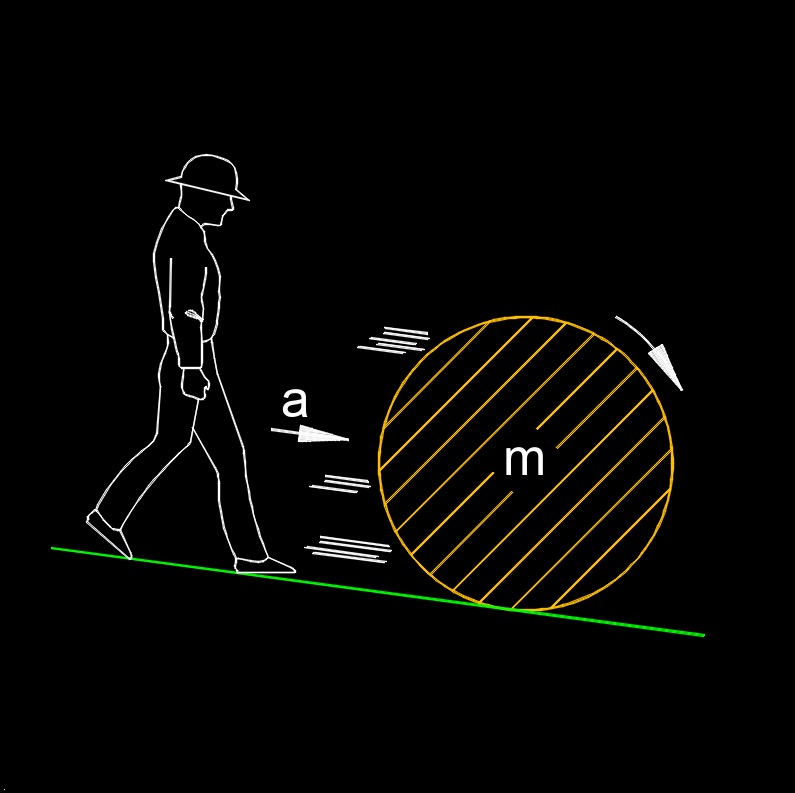Acceleration Formula |
||
|
\( a \;=\; \dfrac{ \Delta v }{ t } \) (Acceleration) \( \Delta v \;=\; a \cdot t \) \( t \;=\; \dfrac{ \Delta v }{ a } \) |
||
| Symbol | English | Metric |
| \( a \) = Acceleration | \(ft \;/\; sec^2\) | \(m \;/\; s^2\) |
| \( \Delta v \) = Velocity Change | \(ft \;/\; sec\) | \(m \;/\; s\) |
| \( t \) = Time | \(sec\) | \(s\) |
 Acceleration, abbreviated as a, is the rate of change of velocity with time. Like velocity, this is a vector quantity that has a direction as well as a magnitude. Whenever a mass experiences a force, an acceleration is acting. An increase in velocity is commonly called acceleration while a decrease in velocity is deceleration.
Acceleration, abbreviated as a, is the rate of change of velocity with time. Like velocity, this is a vector quantity that has a direction as well as a magnitude. Whenever a mass experiences a force, an acceleration is acting. An increase in velocity is commonly called acceleration while a decrease in velocity is deceleration.
- See Article - Acceleration Conversion
Acceleration is a vector quantity having magnitude and direction, some of these include displacement, drag, force, lift, momentum, thrust, torque, velocity and weight.
Acceleration Formula |
||
|
\( a \;=\; \dfrac{ F }{ m } \) (Acceleration) \( F \;=\; a \cdot m \) \( m \;=\; \dfrac{ F }{ a } \) |
||
| Symbol | English | Metric |
| \( a \) = Acceleration | \(ft \;/\; sec^2\) | \(m \;/\; s^2\) |
| \( F \) = Force | \(lbf\) | \(N\) |
| \( m \) = Mass | \(lbm\) | \(kg\) |
Acceleration Types
- Angular Acceleration - An object is the rate at which the angle velocity changes with respect to time.
- Centripetal Acceleration - The change in the velocity, which is a vector, either in speed or direction as an object makes its way around a circular path.
- Constant Acceleration - An object is the constant rate in a straight line at which the velocity changes with respect to time.
- Gravitational Acceleration - The force on an object caused only by gravity.
- Instantaneous Acceleration - The acceleration at a particular moment in time along its path.
- Linear Acceleration - The change in linear velocity of an object in a straight line.
- Tangential Acceleration - How much the tangential velocity of a point at a radius changes with time.
- Uniform Acceleration - When an object is traveling in a straight line with a uniform increase in velocity at equal intervals of time.
- Non-uniform Acceleration - When an object is traveling with a uniform increase in velocity but not at equal intervals of time.
